I want to build a function that takes in the tolerance level, upper and lower bounds, and the function, to calculate the Adaptive Trapezoidal Quadrature, as well as drawing a figure, such as this one:
Because I need the node values to draw my figure, I tried coding as follows:
function [node, approx] = aq(f,a,b,tol)
t = (b-a)*(f(b)+f(a))/2;
if abs((t2 - t)/3) > tol %Since T(2)-T(1)=E(1)-E(2)=3*E(2)
m = (a+b)/2;
[node1, approx1] = aq(f,a,m,tol/2);
[node2, approx2] = aq(f,m,b,tol/2);
node = [node1(1:end-1) node2];
approx = approx1+approx2;
else
node = [a,b];
approx = tf;
end
end
I have two problems with my code: One is that, obviously, t2 is not defined. I do not know how to define it because, depending on whether the quadrature rule, the next estimation could include both sides of the trapezoid or just one. I'm confused. Maybe I need to define a separate function that calculates trapezoidal area.
The second problem is that even if I put in a function with its known integral value (for example,
tol = 10^-2;
f = @(x) exp(x)*sin(x);
a=0; b=pi;
.5*(exp(pi)+1) %is our exact integral value, we can put this into the if statement
But the code goes into infinite loop. I don't know how to stop this, because theoretically, it's supposed to converge.
Please go easy on me as I am a math major in a numerical analysis class, and this is my first year coding. Thanks!
